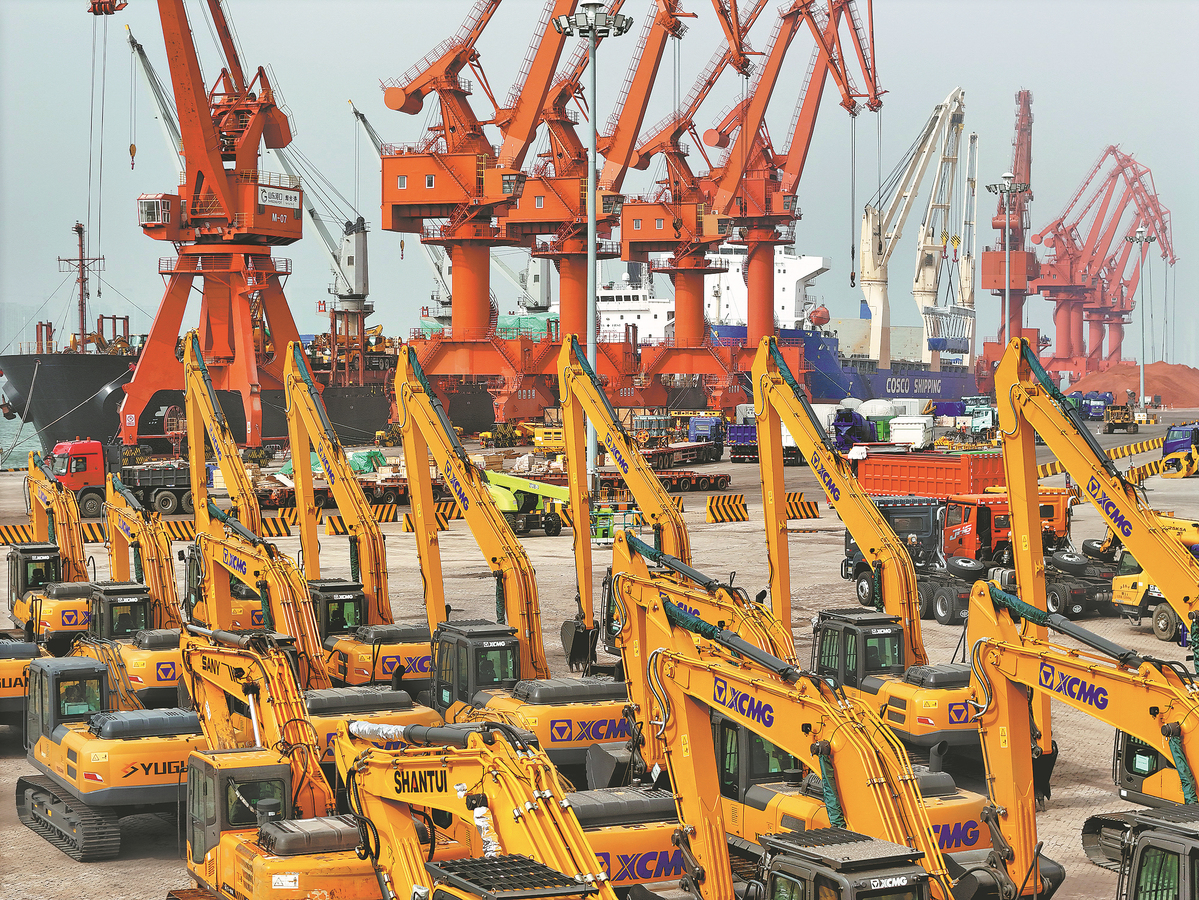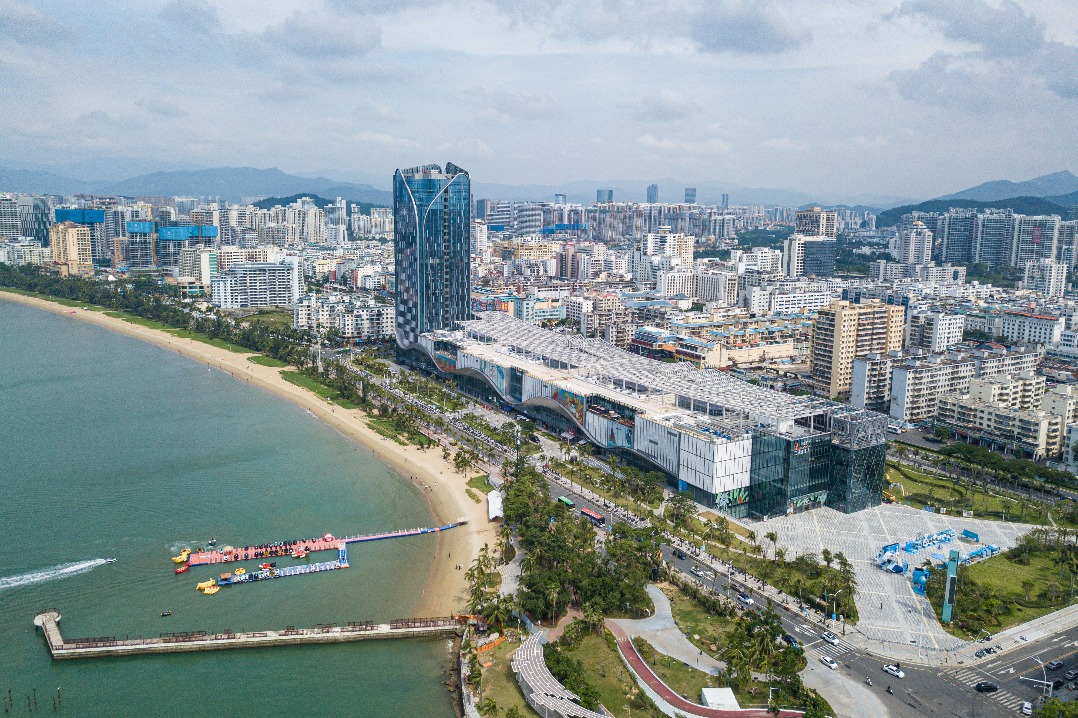Seismic shift in nation's industrial revolution
Once synonymous with mass production and low-cost labor, China's construction machinery sector now leads the world in intelligent manufacturing


Developing the XCA4000 was a complex undertaking and took a team of about 100 researchers around two years to make it a reality. "From lathes to AI, we've built this future with our hands," said Li Ge, a senior engineer.
For over half a century, three generations of Li Ge's family have witnessed China's metamorphosis from a manufacturing novice to a global industrial titan. Their journey mirrors the nation's own: a saga of grit, innovation and unyielding ambition.
Li Ge's grandfather began his career in the 1950s as a lathe operator, a time when China's annual industrial output in 1952 was a mere 12 billion yuan ($1.66 billion). Tools were rudimentary, and precision relied on human skill. He earned the title of "old eighth-grade worker", the highest honor for artisans under the then wage system.
"Grandfather's hands were his instruments," Li Ge recalled. "He could 'feel' metal imperfections others missed." In an era when factories relied on imported blueprints, workers like Li Ge's grandfather laid the groundwork for China's early industrialization, producing everything from screws to locomotive parts.
About two-to-three decades later, Li Ge's father, Li Zongjiu, joined XCMG. His role coincided with China's reform era, as the country pivoted to global integration. His notebooks — now family heirlooms — document sleepless nights troubleshooting problems in production. "He'd wake up at 3 am with a solution and bike to the factory," Li Ge said.
Li Ge's father's career spanned XCMG's rise from a regional player to a national champion. In 2010, China's manufacturing value-added surpassed the US for the first time. "Father's generation bridged the gap between craftsmanship and mechanization," Li Ge said. "They taught us that imitation is a start, but innovation is the finish line."
























